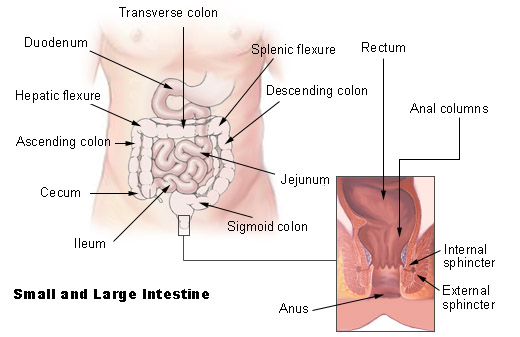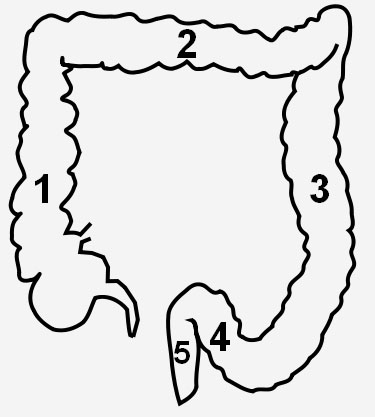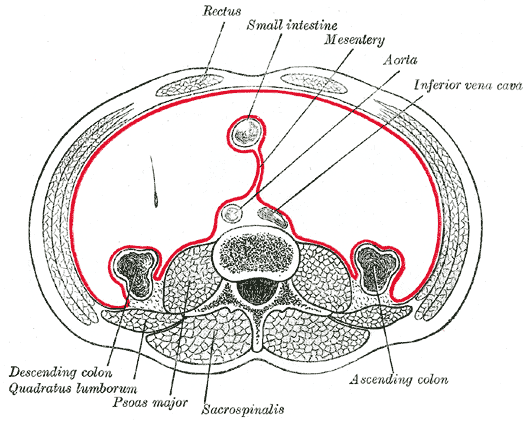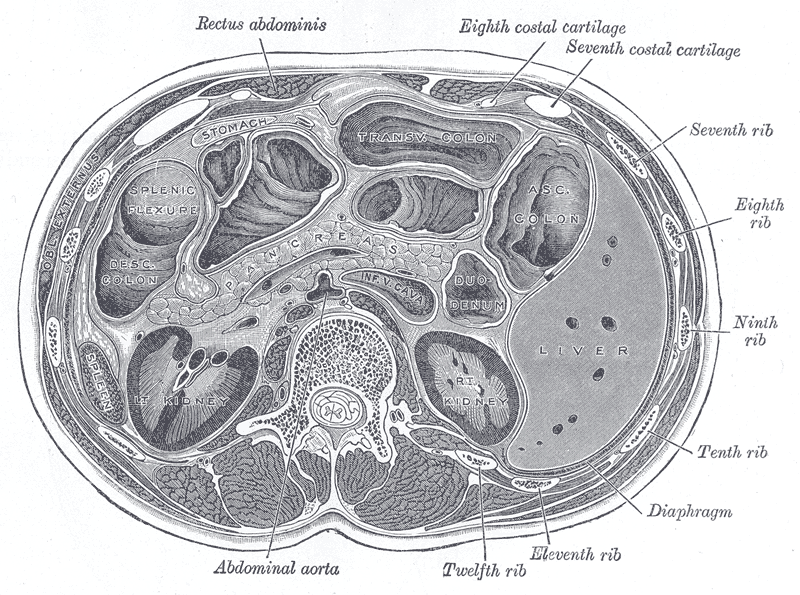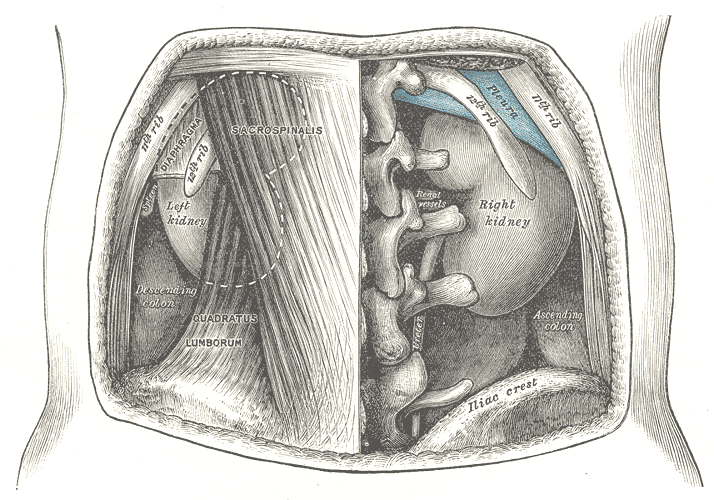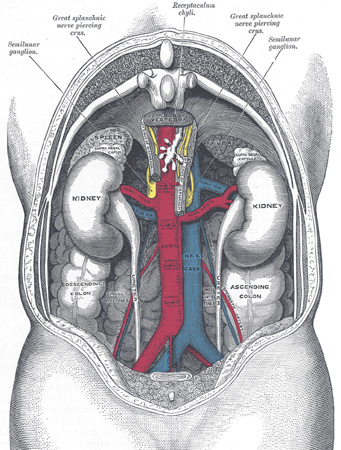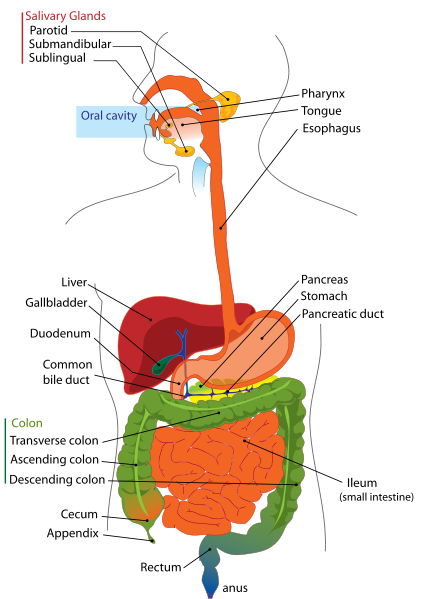Descending colon
 From Wikidoc - Reading time: 2 min
From Wikidoc - Reading time: 2 min
Overview[edit | edit source]
|
WikiDoc Resources for Descending colon |
|
Articles |
|---|
|
Most recent articles on Descending colon Most cited articles on Descending colon |
|
Media |
|
Powerpoint slides on Descending colon |
|
Evidence Based Medicine |
|
Clinical Trials |
|
Ongoing Trials on Descending colon at Clinical Trials.gov Trial results on Descending colon Clinical Trials on Descending colon at Google
|
|
Guidelines / Policies / Govt |
|
US National Guidelines Clearinghouse on Descending colon NICE Guidance on Descending colon
|
|
Books |
|
News |
|
Commentary |
|
Definitions |
|
Patient Resources / Community |
|
Patient resources on Descending colon Discussion groups on Descending colon Patient Handouts on Descending colon Directions to Hospitals Treating Descending colon Risk calculators and risk factors for Descending colon
|
|
Healthcare Provider Resources |
|
Causes & Risk Factors for Descending colon |
|
Continuing Medical Education (CME) |
|
International |
|
|
|
Business |
|
Experimental / Informatics |
The descending colon of humans passes downward through the left hypochondrium and lumbar regions, along the lateral border of the left kidney.
At the lower end of the kidney it turns medialward toward the lateral border of the psoas muscle, and then descends, in the angle between psoas and quadratus lumborum, to the crest of the ilium, where it ends in the sigmoid colon.
The peritoneum covers its anterior surface and sides, and therefore the descending colon is described as retroperitoneal. (The transverse colon and sigmoid colon, which are immediately proximal and distal, are intraperitoneal). Its posterior surface is connected by areolar tissue with the lower and lateral part of the left kidney, the aponeurotic origin of the transversus abdominis, and the quadratus lumborum.
It is smaller in caliber and more deeply placed than the ascending colon. It has a mesentery in 33% of people, and is therefore more frequently covered with peritoneum on its posterior surface than the ascending colon (which has a mesentery in 25% of people). However, it is less likely to undergo volvulus than the ascending colon.
In front of it are some coils of small intestine.
Additional images[edit | edit source]
-
Intestines
-
Schema
-
Horizontal disposition of the peritoneum in the lower part of the abdomen.
-
Transverse section through the middle of the first lumbar vertebra, showing the relations of the pancreas.
-
The relations of the kidneys from behind.
-
-
Digestive system
External links[edit | edit source]
- Template:SUNYAnatomyFigs - "The large intestine."
- Template:SUNYAnatomyLabs
 KSF
KSF